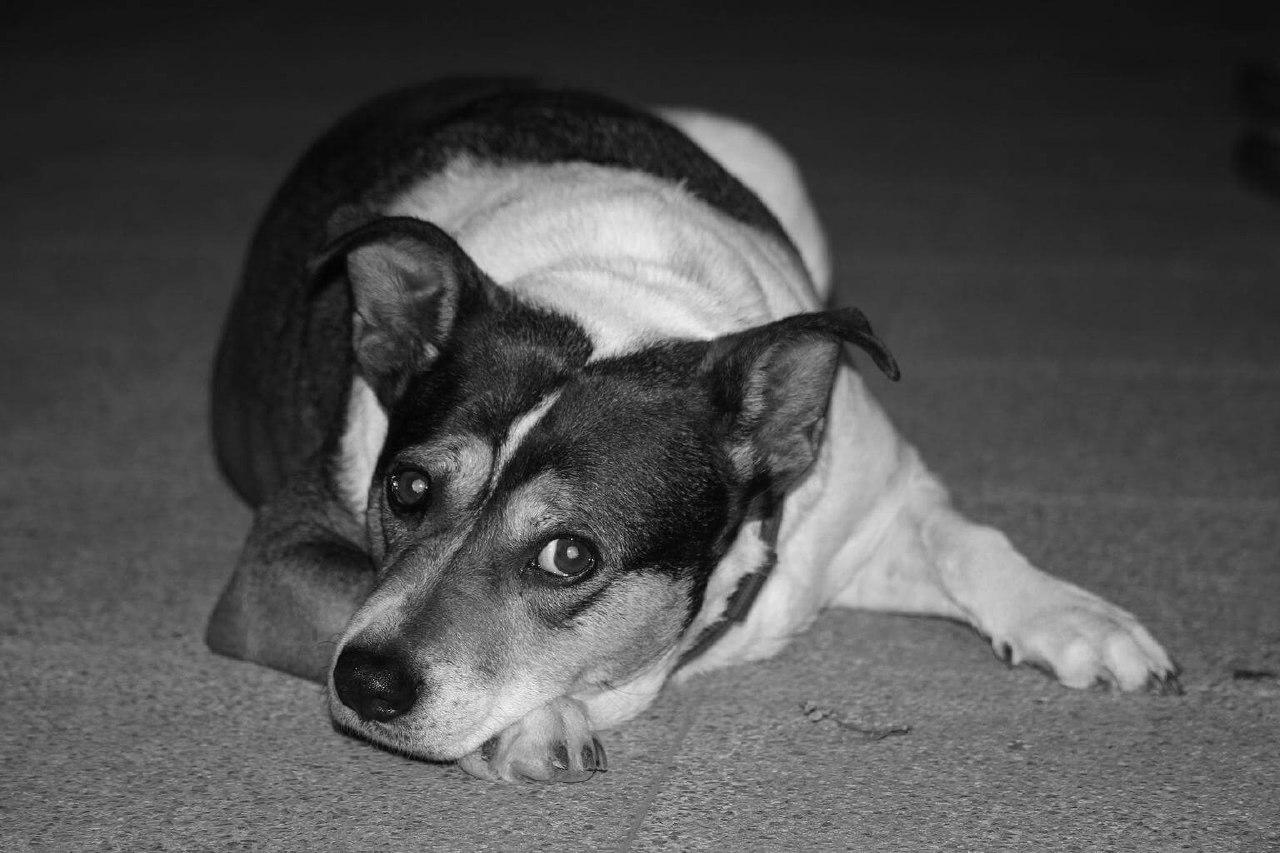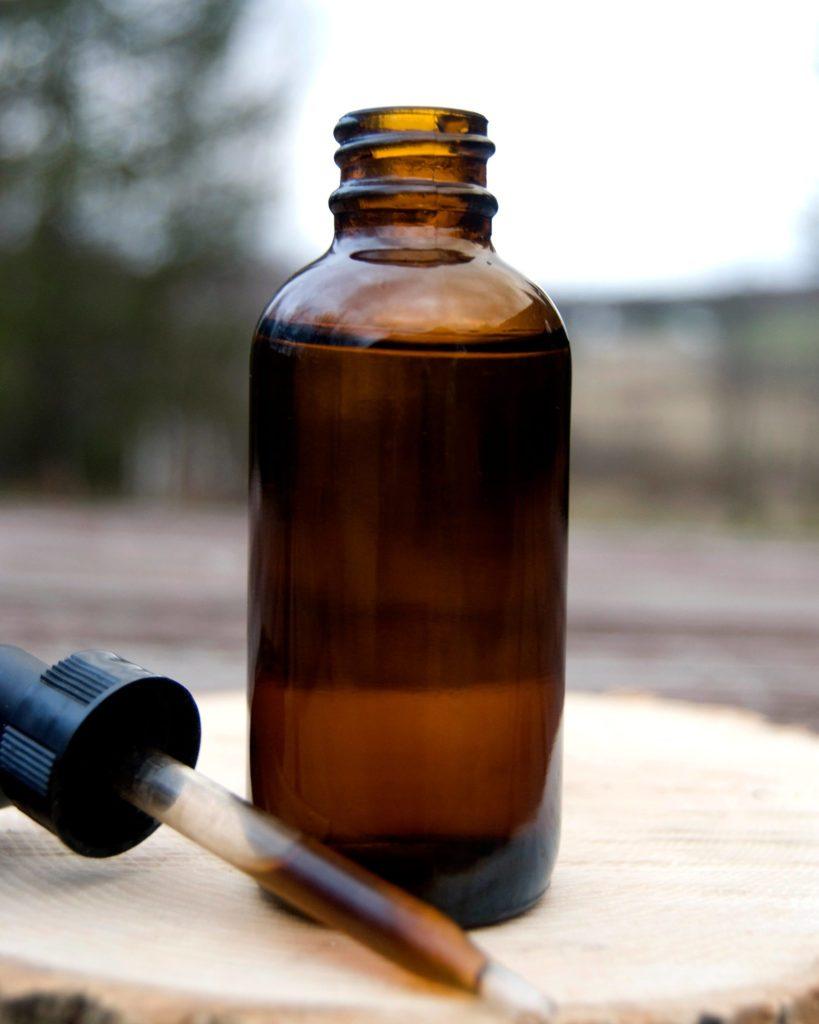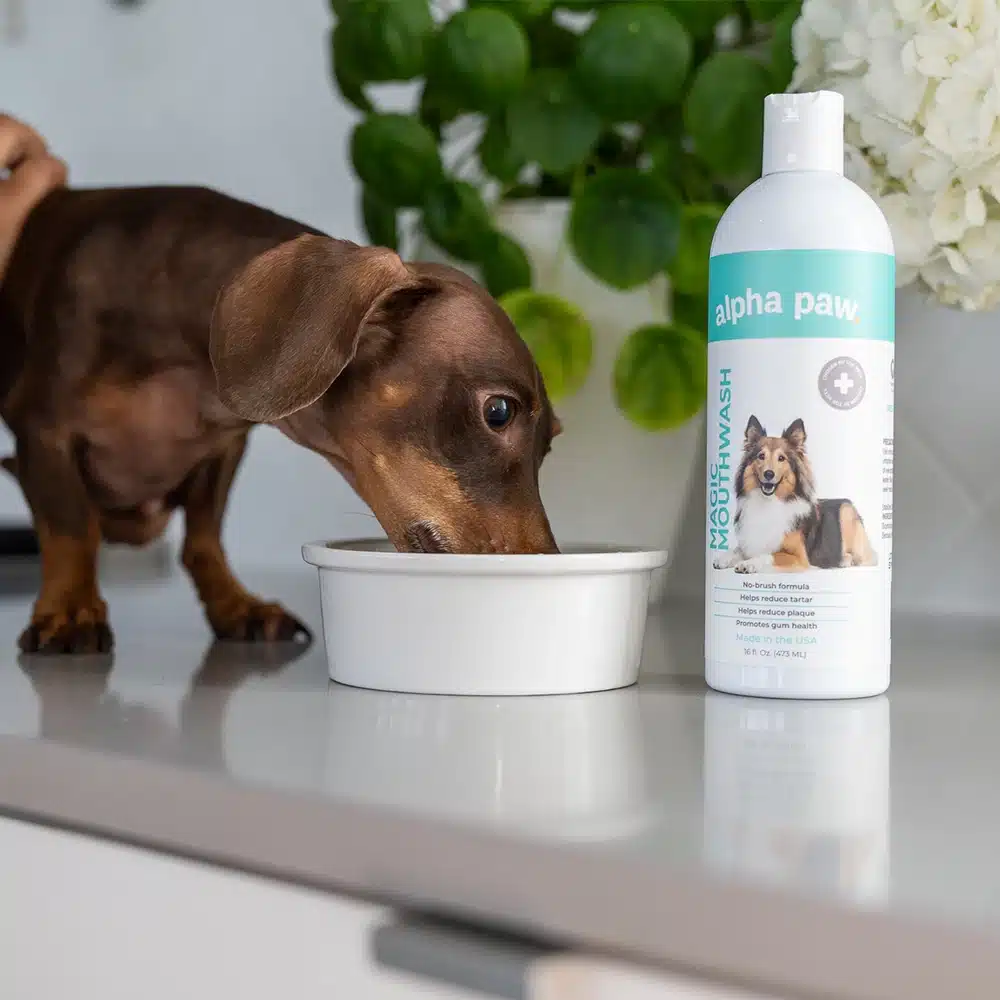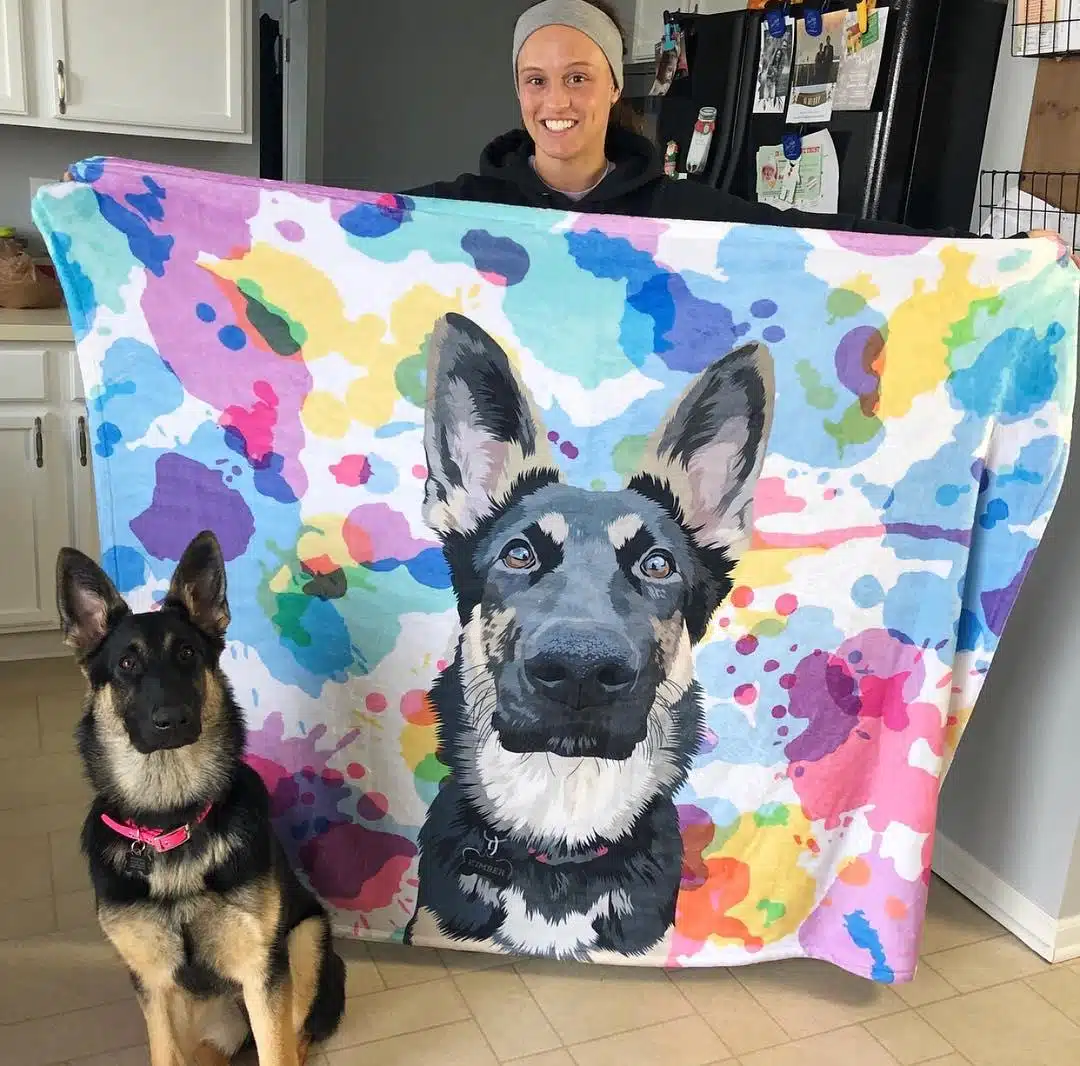
Calming Your Anxious Dog
Unfortunately, pets get anxiety just like we do. It makes sense because stress, fear and anxiety are totally normal reactions that we all sometimes face when we are faced with outside stimuli that we aren’t used to. Why would we think our pets would react any differently? You and I may be more likely to talk ourselves out of feeling scared or nervous, but dogs don’t have that same ability and anxiety, fear and stress can manifest themselves very differently in dogs. If we don’t help them deal with their anxiety it can get worse and can have a very detrimental and negative effect on their lives (and ours). Some of the signs or symptoms that your dog is experiencing anxiety are:
- Excessive panting
- Excessive pacing
- Excessive whining
- Excessive barking
- Aggression
- Avoidance behaviors or hiding
- Defecating or urinating in the house
- Destructive behaviors like scratching at doors and windows or chewing
- Trembling
- Fidgeting
- Anti-social behaviors
Dogs can experience anxiety to external stimuli or they can have separation anxiety, or even situational anxiety. Dogs can have specific fears and phobias just like we do and it can be even worse if they have ever been physically or mentally abused or neglected. Older dogs can also experience anxiety if they are starting to lose some of their physical or cognitive functions just like their aging humans can get anxiety if they start to decline. It’s also not uncommon for your dog to be anxious about new things like moving, or adding a new family member to the household, or meeting strange people or animals. Being left alone and being separated from their family can cause an anxious response as well.
There is not a single treatment for anxiety that will fit every situation or dog. Anxious dogs also are commonly misdiagnosed which can be frustrating because you can’t focus on healing the root issue. These dogs are often labeled as being dominant, stubborn, or hyper. But really, it’s an anxious response to their environment.
Vets and behavioral specialists may want to prescribe a treatment plan of behavior modification and anti-anxiety drugs. Behavior modification is a great idea and can help but you must be consistent, and every member of the household needs to be on the same page with the training program.
The One Thing Pet Owners Regret Not Doing Until It’s Too Late
Is your pet safe?
1 in 3 pets will need emergency veterinary treatment each year and it is estimated a pet receives emergency care every 2.5 seconds in the U.S.
The average cost of treating a broken bone in dogs is $2,700. Cancer treatments? Up to $10,000.
It’s why so many pet owners say their biggest regret isn’t the vet bill—it’s not having pet insurance when they needed it most.
Ask yourself: “If an unexpected $5,000 vet bill hit tomorrow, could I afford it?”
If the answer is no, it’s time to get covered.
Take a look at Lemonade. They have a great app that actually works, they have an instant chatbot that is faster and, dare we say it, friendlier than most companies’ “real” customer service and a quick scroll through Reddit will uncover… people are really vibing with this brand.
So go check them out and take a look. It takes less than a minute.
One of the best strategies we can recommend is to incorporate a high-quality CBD oil or hemp oil into the regimen. Research is already showing that these oils are safe, effective and non-toxic for use on a variety of different health issues, mental issues, and wellness issues. These oils are only going to help your dog, not hurt them. These oils are known to produce strong anti-anxiety effects and will help stress-induced anxiety, OCD or obsessive behaviors, as well as generalized anxiety. The cannabinoids in the oil will go in and work naturally with the bodies endocannabinoid system to stimulate the production of serotonin which is the bodies natural feel-good hormone, as well as stimulate the natural systems of the body to work the way they should be working as well as promote neurogenesis in the part of the brain that plays a key role in controlling cognition and forming memories called the hippocampus.
So, you may be asking how to properly dose your dog if you are going to try CBD or hemp oil to help them calm down and not be so anxious. Remember, they require less than a human does, though they will react very similarly to the way humans do. Just like with any treatment you want to get the dose right and not over or under dose them. Always tell your veterinarian everything you are giving your dog and in what quantities and work closely with them to come up with a treatment plan that is right for you and your situation. These are just suggestions and instructions based upon what we have seen work dozens of times. Check with your vet if you have more questions. We should also note, however, that these oils are generally seen as safe, non-toxic and incapable of causing an overdose. It has also been very well tolerated and is not known to produce any side effects. We would always suggest though that you proceed with caution and monitor your dog to see how your individual dog is going to react.
These oils generally come in tincture/drop form and will be administered either mixed in your dog’s food or under their tongue. You may want to start by mixing it with food because most of the oils are bitter and so chances are your dog is not going to be a willing participant if you try to put it in their mouth and under their tongue. Experiment with it and see what works best for you.
There are also other forms of CBD or hemp oil-infused products like capsules, treats Alpha Paw Calming Chews, or other items. The amount of oil your dog will need will depend both on their size and what you are trying to treat. Always check the dosing instructions or guidelines that come with your product.
80% of Dogs Develop Arthritis or Joint Pain by 7 Years old – Here’s How to Protect Them
Most of us train our dogs when they are puppies to jump up on furniture. We think it’s harmless (and easier than always lifting them), but for dogs, couches and beds are very high compared to the size of their bodies.
Every time they jump it compresses their back and applies enormous force to their joints.
It’s no wonder that an incredible 80% of dogs experience arthritis or joint pain by only 7 years old.
Luckily, there is a vet-recommended solution.
It’s the PawRamp by Alpha Paw. An adjustable ramp that allows dogs to safely get on and off couches and beds. PawRamp makes joining you in bed or on the couch effortless and fun.
As a bonus, you can use code SAVE35 to get $35 off the PawRamp today.










